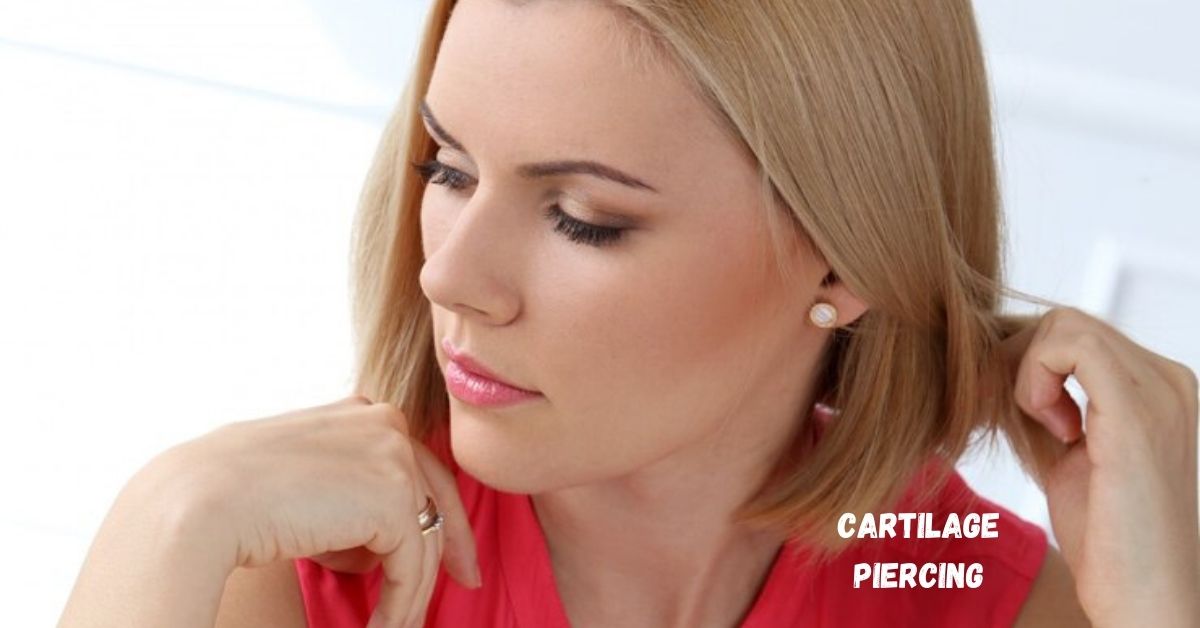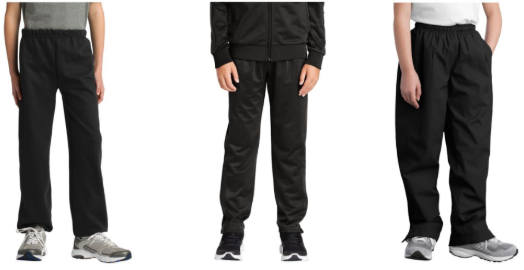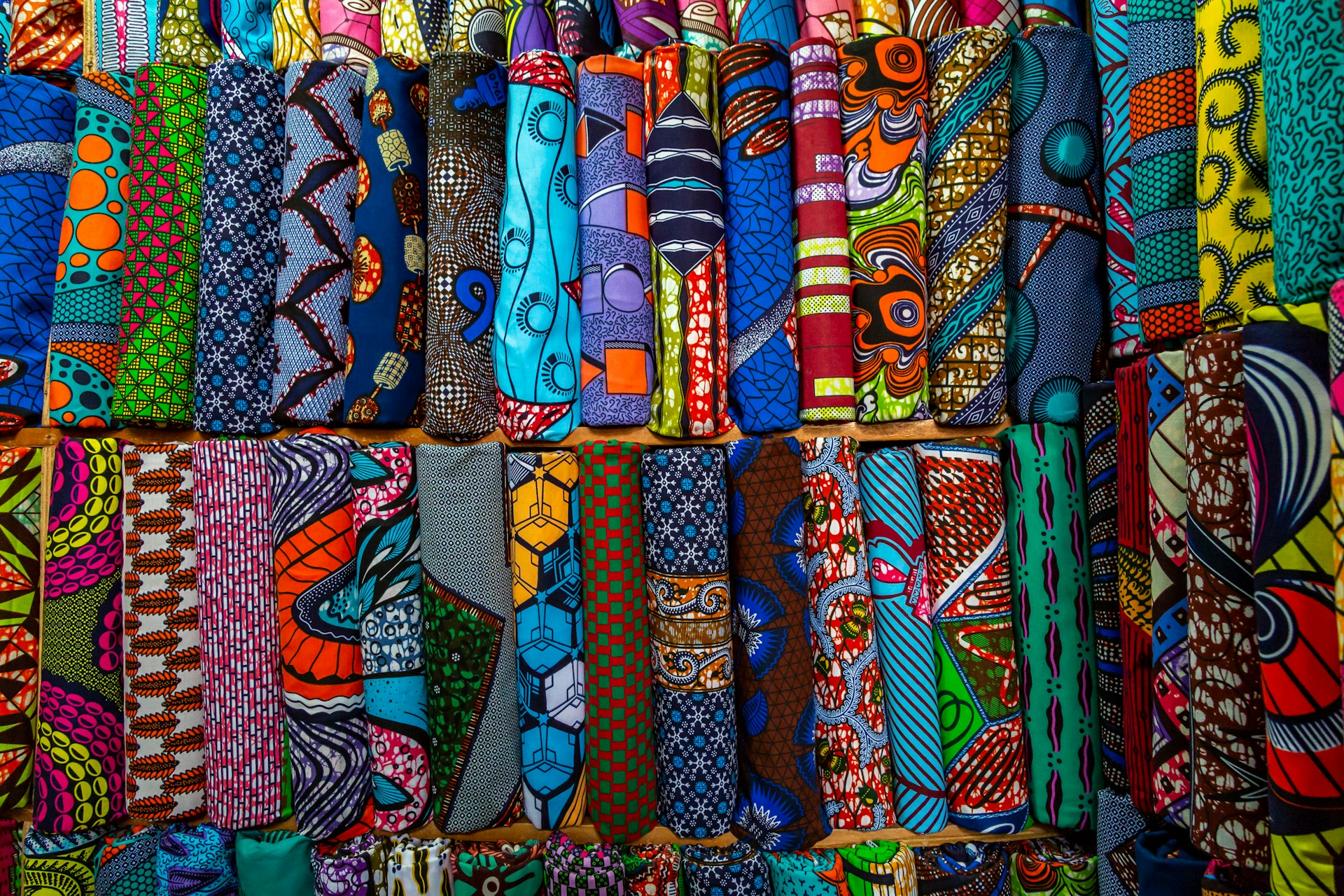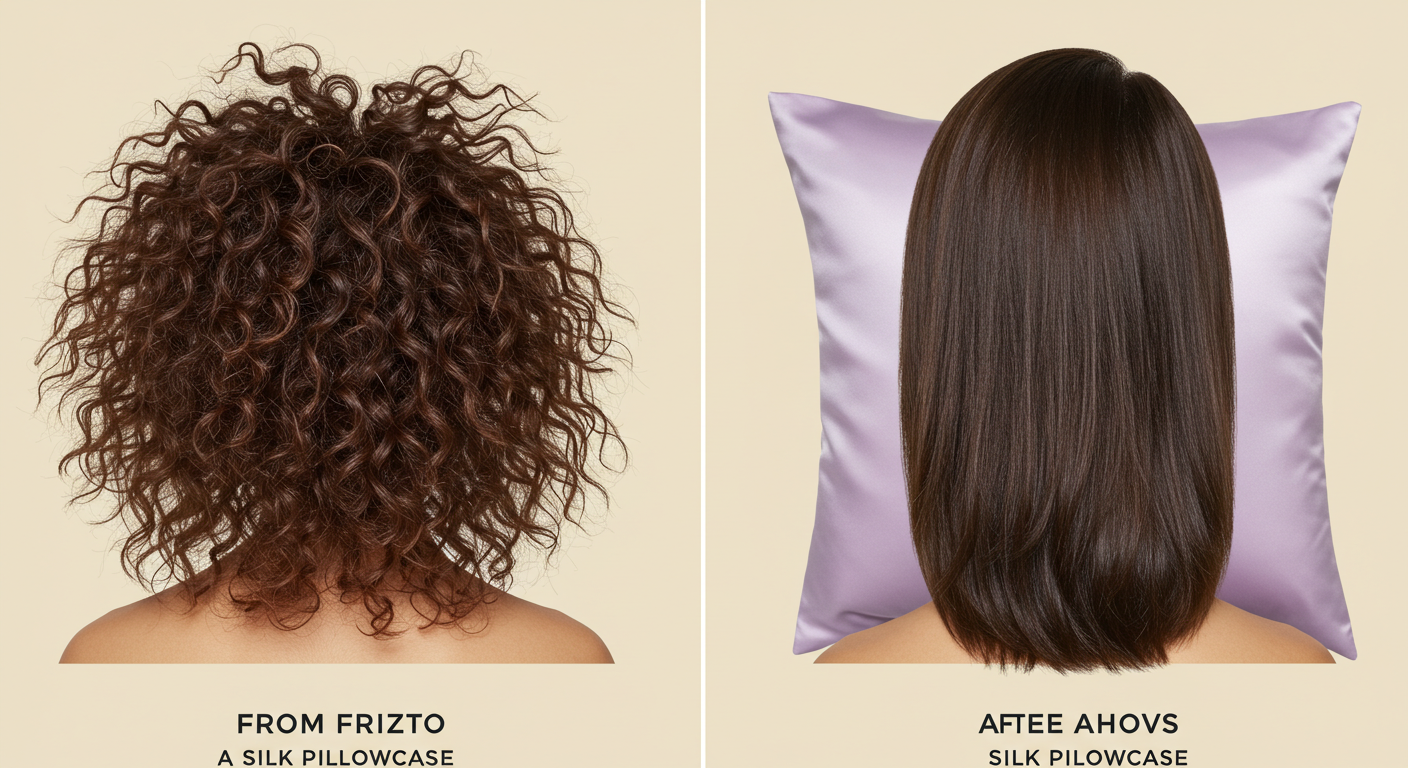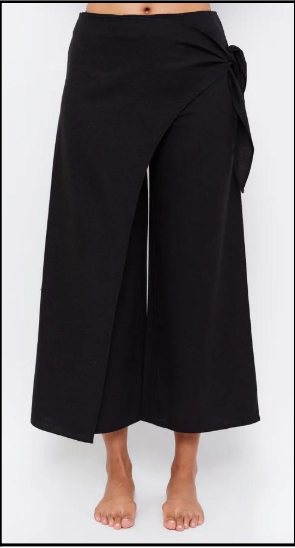Cartilage piercings have become a popular trend in the world of body art. They offer a unique way to express personal style and individuality. Unlike earlobe piercings, cartilage piercings involve piercing the harder, thicker part of the ear, which can include areas like the helix, tragus, and conch. This type of piercing requires special care and consideration to ensure proper healing and to avoid complications. In this article, we will explore everything you need to know about cartilage piercing, including the procedure, aftercare, risks, and frequently asked questions.
Understanding Cartilage Piercing
Cartilage piercings are performed on the tough, flexible tissue that makes up the outer part of the ear. This type of piercing is known for its versatility, allowing for multiple piercing styles in different parts of the ear. The most common areas for cartilage piercings include the helix, which is the upper outer edge of the ear, the tragus, which is the small piece of cartilage that partially covers the ear canal, and the conch, which is the inner cup of the ear. Each location offers a distinct look, making cartilage piercings a popular choice for those seeking to enhance their appearance.
The Cartilage Piercing Procedure
The process of getting a cartilage piercing is relatively straightforward, but it differs from traditional earlobe piercings due to the nature of the cartilage. A professional piercer typically uses a sterilized needle to create the piercing. It is crucial to choose a reputable piercer who follows strict hygiene standards to minimize the risk of infection and complications. The piercer will clean the area thoroughly, mark the spot to be pierced, and then use a hollow needle to create the hole. The jewelry, usually a small stud or hoop, is then inserted into the piercing.
Pain levels vary from person to person, but most individuals describe the sensation as a sharp pinch followed by some discomfort. The cartilage is denser than the soft tissue of the earlobe, which means the pain may be slightly more intense and last a bit longer. However, the process is usually quick, and any discomfort typically subsides within a few hours.
Aftercare for Cartilage Piercings
Proper aftercare is essential for a successful cartilage piercing. The healing process can take anywhere from three to twelve months, depending on the location of the piercing and how well it is cared for. During this time, it is important to keep the piercing clean and free from irritation.
To clean the piercing, use a saline solution or a mild, fragrance-free soap. Gently clean the area twice a day, avoiding harsh chemicals or alcohol-based products that can dry out the skin and cause irritation. It is also important to avoid touching the piercing with dirty hands, as this can introduce bacteria and lead to infection.
Sleeping on the side of the piercing should be avoided, as pressure can cause discomfort and slow down the healing process. Instead, try to sleep on your back or the opposite side. Additionally, avoid swimming in pools, hot tubs, or natural bodies of water, as these environments can harbor bacteria that may lead to infection.
Risks and Complications of Cartilage Piercings
While cartilage piercings are generally safe when performed by a professional, there are risks involved. The most common complication is infection, which can occur if the piercing is not properly cared for or if it is exposed to bacteria. Signs of infection include redness, swelling, pain, and discharge. If you notice any of these symptoms, it is important to seek medical attention promptly.
Another potential complication is a keloid, which is a type of raised scar that can form around the piercing. Keloids are more common in individuals with a genetic predisposition to scarring and can be difficult to treat. If you are prone to keloids, you may want to consult with a dermatologist before getting a cartilage piercing.
Cartilage piercings can also lead to other issues, such as hypertrophic scarring, which is a thickened scar that forms at the site of the piercing. Unlike keloids, hypertrophic scars do not extend beyond the original piercing site and may improve over time with proper care.
Choosing the Right Jewelry
Selecting the right jewelry for your cartilage piercing is an important decision. The jewelry you choose will not only affect the look of the piercing but also its healing process. It is recommended to start with a small, simple stud or hoop made from hypoallergenic materials such as surgical steel, titanium, or 14-karat gold. These materials are less likely to cause an allergic reaction or irritation.
Avoid using cheap or low-quality jewelry, as these can contain nickel or other metals that may cause an allergic reaction. Once the piercing has fully healed, you can experiment with different styles and materials, but it is always best to consult with your piercer before making any changes.








